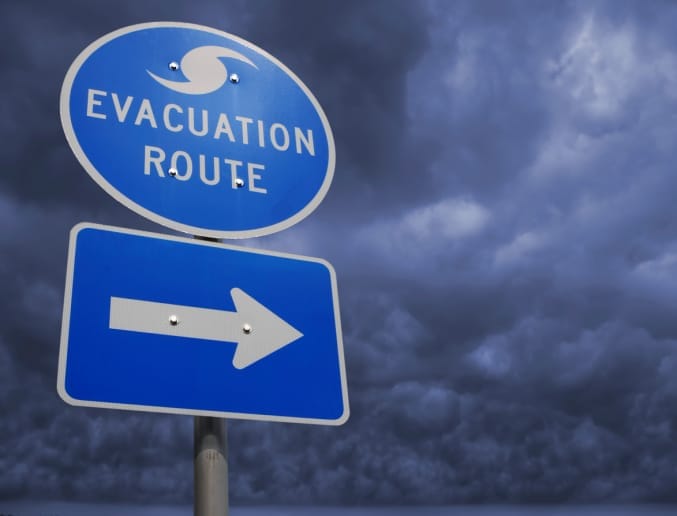Wharton’s Lifelong Learning Knowledge for Action Tour made its seventh stop on January 29, this time in New York City with a presentation by Robert Meyer, the Gayfryd Steinberg Professor and co-director of Wharton’s Risk Management and Decision Processes Center. His topic, “Increasing Disaster Resilience,” was particularly timely in the wake of recent cataclysms of both natural (Hurricane Sandy, Japan tsunami) and man-made (financial crisis, terrorism) origins. Speaking to a room full of Wharton alums at the Lexington Avenue W Hotel, Meyer explained that most people underprepare for disastrous contingencies because it is hard for them to imagine extreme events. He used the acronym OUCH to explain what he called the “psychology of misfortune.”
Overestimate incidence: People’s subjective fears that bad events will occur to them are significantly greater than is warranted by objective statistics. As Hurricane Sandy approached New Jersey and New York, a poll of residents showed that over 50 percent expected to experience hurricane force winds. But Sandy was a Category-1 hurricane, and fewer than 20 percent experienced such winds.
Underestimate tail impact or duration: Most people underestimate the consequences of a bad event. For example, they may prepare for the two days when a hurricane hits, but

Prof. Robert Meyer
underprepare for the two-week aftermath. In the case of Sandy, many people had enough batteries for just 48 hours but did not sufficiently consider the possibility of losing power for several weeks.
Concentrate on a small set of information channels. Again, in the case of hurricanes, people get information from national television channels which tend to be more general and sensational. And they get little information from the Internet or from social media, even though these channels may impart more relevant local information.
History repeats itself, but we make the same mistakes over and over, sometimes in the same locations. Meyer gave the example of a land lot in Pass Christian, MS, where an apartment complex was razed by Hurricane Camille in 1969. After Hurricane Katrina razed a shopping mall on the same site in 2005, the owners decided to develop the site once again … as a new condominium. In the same vein, the Japanese city of Miyako, which was wiped out by the 2011 tsunami, had many stone markers dating back to the 1600s warning future generations not to build on this site.
Meyer offered several solutions to improve preparedness, among them economic incentives, simulations of extreme events and the reconfiguration of default choices. In the last case, when considering government-subsidized flood insurance, a person would be considered by default to have opted into the program unless they explicitly signified their desire to opt out. The current default has a person outside of the program by default until they opt in. Meyer presented research that showed a vast majority of people choosing the default option, regardless of whether it is opt-in or opt-out.
The professor also showed that hurricane-related financial losses have grown out of control in recent years, notwithstanding that the frequency of hurricanes has declined since the 1950s and 1960s. A confessed hurricane buff (and undergraduate major in meteorology), Meyer said that New York was hit by three hurricanes stronger than Sandy in 1954.
Editor’s note: A regular contributor to the Wharton Blog Network, Sami Karam, WG’91, attended the most recent Master Class on the Lifelong Learning Knowledge for Action Tour. Visit the Wharton Lifelong Learning website for future tour dates and videos of past Master Classes.


























